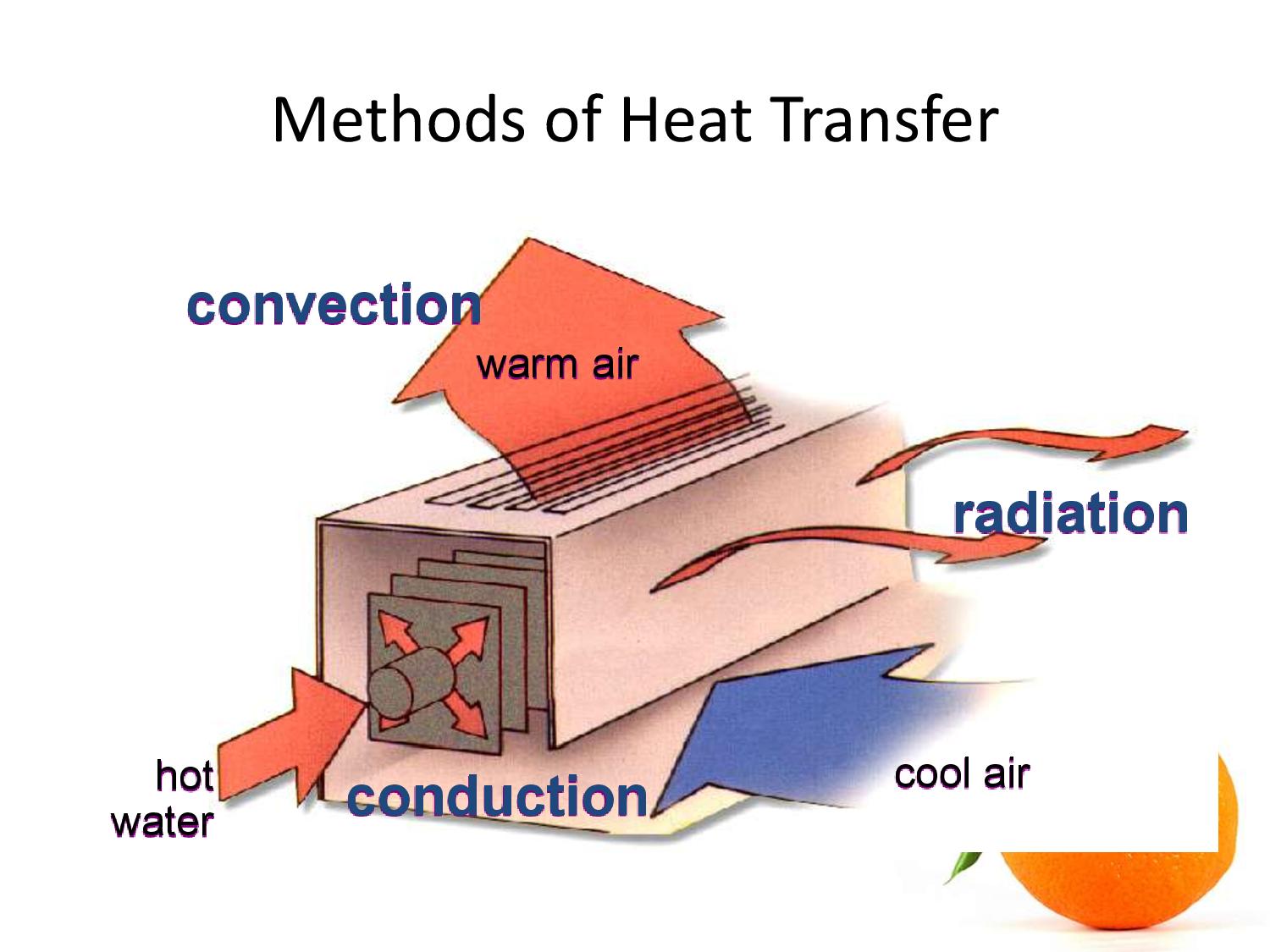Cooling Tower Heat Load Calculation Formula Apr 8 2015 0183 32 Part I How Heat Loads Affect Evaporative Cooling Tower Efficiency P I Process Instrumentation Evaporative cooling towers are usually designed to provide the proper cooling needed for the process when both production and the outdoor conditions are at their maximum When
Cooling load calculations may be used to accomplish one or more of the following objectives a Provide information for equipment selection system sizing and system design b Provide data for evaluating the optimum possibilities for load reduction Richard J Aull is an Engineering Consultant with more than 40 yr of industry experience in cooling tower thermal design and performance rating and analysis Prior to his consulting work he directed the application engineering and research and development activities for the Cooling Tower Products Group of Brentwood Industries
Cooling Tower Heat Load Calculation Formula
 Cooling Tower Heat Load Calculation Formula
Cooling Tower Heat Load Calculation Formula
https://i.ytimg.com/vi/PwBYldOcG0U/maxresdefault.jpg
Jul 1 2010 0183 32 In the words of an excellent reference manual on cooling Evaporation is utilized to its fullest extent in cooling towers which are designed to expose the maximum transient water surface to
Templates are pre-designed documents or files that can be utilized for numerous purposes. They can save effort and time by offering a ready-made format and layout for producing various sort of material. Templates can be utilized for personal or expert projects, such as resumes, invitations, leaflets, newsletters, reports, discussions, and more.
Cooling Tower Heat Load Calculation Formula

How To Calculate Annual Heating Load Wiring Diagram And Schematics

Cooling Load Estimation Table

PDF Cooling Load Calculation

COOLING LOAD ESTIMATION Download PDF

Heat Loss Calculation Worksheet

Cooling Load Estimation Table Jamal has Ballard

https://deltacooling.com/resources/faqs/selecting-sizing
Sep 23 2020 0183 32 The Design Heat Load is determined by the Flow Rate and the Range of cooling and is calculated using the following formula Heat Load BTU Hr GPM X 500 X 176 Range of cooling More importantly if the Heat Load and one of the other two factors are known either the GPM or the 176 Range of cooling the other can be calculated using this

https://pdhonline.com/courses/m374/m374content.pdf
means of removing low grade heat from cooling water 3 Following the rules here described someone can easily calculate a process for a basic Mechanical Draft Cooling Tower 2 Cooling Tower Types Cooling towers fall into two main categories Natural draft and Mechanical draft

https://proofinperformance.com/wp-content/uploads/
Hot Water 176 F Cold Water 176 F Water Flow L lb min of water Heat Load L x R L lb min of water Wet Bulb Temperature Having determined that the cooling tower must be able to cool 1 000 gpm of water from 100 176 F to 85 176 F what parameters of

https://pdhonline.com/courses/m425/m425content.pdf
HVAC Practical Calculations HVAC pronounced either quot H V A C quot or occasionally quot H vak quot is an acronym for Heating Ventilation and Air Conditioning HVAC is referred to climate control as a process of treating air to control its temperature humidity cleanliness and distribution to meet the requirements of the conditioned space

https://www.cedengineering.com/userfiles/COOLING TOWER.pdf
the fill and spray zones of the tower 5 Heat Load The amount of heat to be removed from the circulating water within the tower Heat load is equal to water circulation rate gpm times the cooling range times 500 and is expressed in BTU hr Heat load is also an important parameter in determining tower size and cost 6
performance of the cooling tower Nothing could be further from the truth The equation for heat load is as follows Now heat load of course is supplied by the unit being served by the cooling tower The tower itself is neither a heat source nor a heat sink The calculation of cooling tower efficiency involves the Range and approach of the cooling Tower Evaporation Loss in cooling tower is calculated by the following empirical equation E 0 00085 x R x 1 8 x C Alternatively The Evaporation loss can be calculated from the heat balance across the cooling tower The amount of heat to be
Feb 11 2021 0183 32 The centrifugal force uses the following formula 12 Here is angular velocity of rotation of the impeller is the radius of the impeller In order for the pump to pump the liquid the